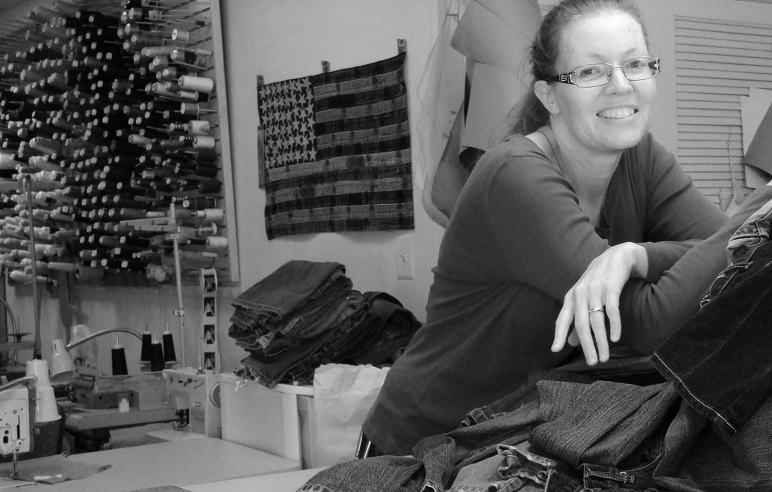I've recently had the opportunity to see some of the mistakes that beginners to operating sewing machines often make. So, I've got some suggestions to make your sewing machine work better. I don't want newbies to become frustrated before they can even start sewing.
First make sure the tension dial is in the factory setting. If you don't remember where that is, put in it in the middle of the range, usually about 4. Now forget how to move this dial.
Set the machine to a 2 1/2 - 3 in the stitch length. It is easier to pick out.
Use
muslin
or a
quilting cotton
for your sewing practice. That means a quilting needle or a universal or a sharp 11. I like
Schmetz
and have had good success with
Organ
. Other brands are good, I just haven't used them. Buy a couple packs with different sizes, plus ball points.
Make sure the bobbin is wound properly. Even, not crooked, and nice and tight, not squishy to the touch. Make sure there are no tails sticking out of the top.
Make sure the bobbin is placed into the bobbin case properly, or placed into the drop bobbin properly. See your manual or these pics for examples of bobbins. There is no one size fits all answer, it depends on your machine.
Pfaff 6091, thread goes off to the right.

Bernina 950, thread goes to the left.

If your only thread stand option is like this buy one of
these
or
these
.

See your manual for proper threading. If you don't have the manual, try to find your machine
here. I will try to do some more threading tutorials soon. The rules are pretty much the same, machines just look different.
Place your foot all the way up on the foot pedal, not just your toes. Use even pressure, less for slower or more to go faster.
Situate the fabric under the presser foot, needle down, then presser foot down. ONLY TURN THE HANDWHEEL TOWARD YOU! NEVER (NEVER, NEVER, NEVER, NEVER!) TURN THE HANDWHEEL AWAY FROM YOU! Even if it means the wheel has to go all the way around.
Let the machine do what it is designed to do. Don't "steer" the fabric, guide it. Its OK to be a little off starting out, keep your corrections gradual and it won't be as noticeable.
If you want to slow down, use less pressure with your foot, don't hold back the fabric. I can't stand the sound of working against the feed dogs.
Backstitching should be limited to about 3 stitches.
Change your needle often, this is not a place where you should be skimping and saving money. If the stitch isn't right and you are positive the threading and bobbin are correct, try a different needle, you can use this
chart. Make sure the needle matches your fabric and you are using a compatible thread.
